The Six Hills, Stevenage
The six hills which occupy prominence in the town are tumuli or Round Barrows dating from the Bronze Age. According to legend the hills are spade fulls of earth taken from Whomerly wood and thrown at the town by a giant (or the Devil) intent on destruction. His last shot went well off mark and knocked the steeple off Gravely Church two miles away.

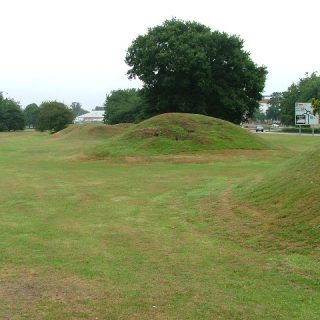
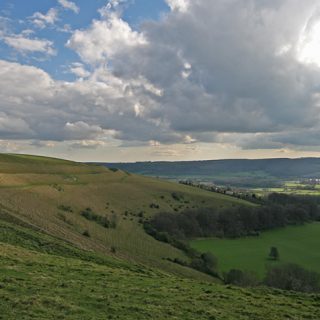
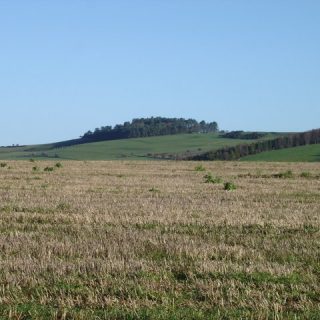
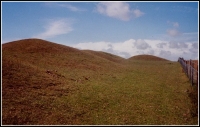
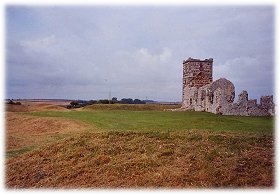
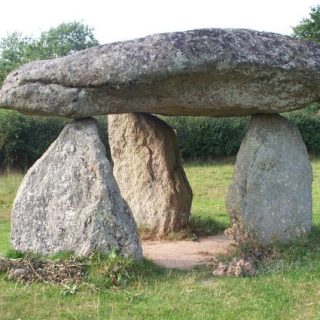
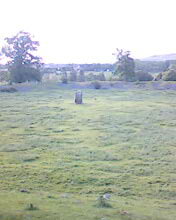
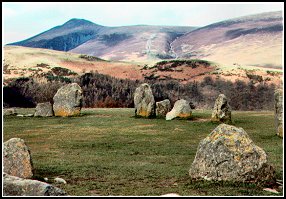
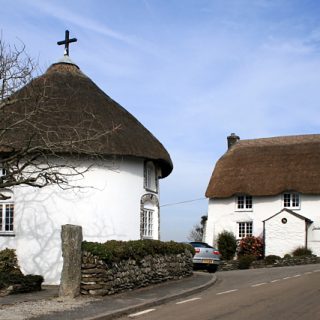
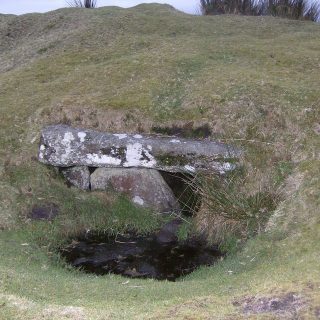
Recent Comments